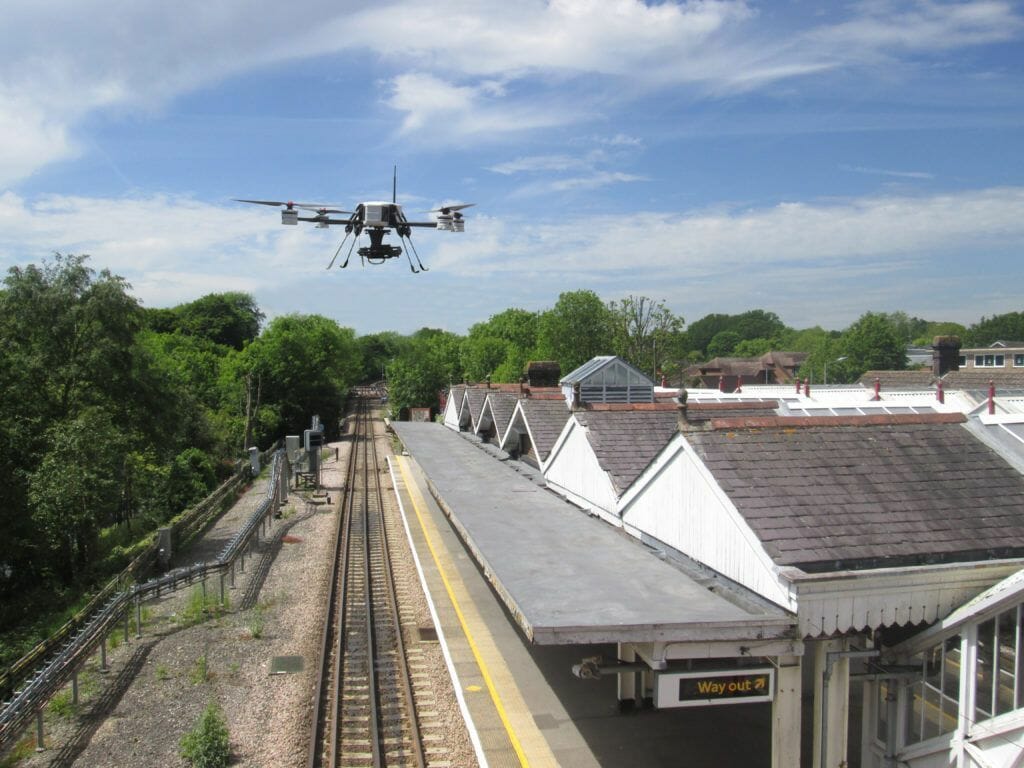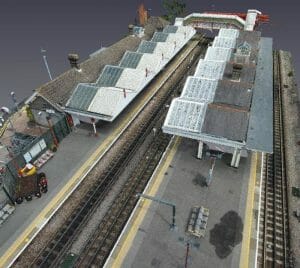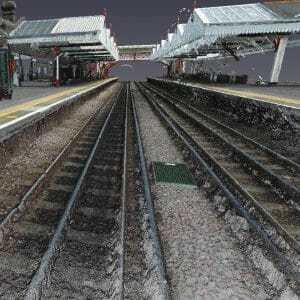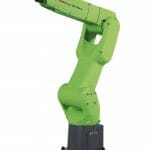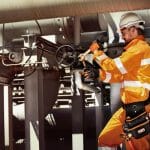Civil and structural engineers at Lanes Group plc are helping clients move from an old world of inadequate asset information to a new one of precision knowledge that pays dividends in cost control and programme efficiency.
Deployment of new digital technologies to support asset surveying is transforming the type, amount and quality of data that can be quickly captured to define structures and how they need to be maintained.
The new approaches embraced by Lanes Group Professional Services are allowing clients to much more accurately and confidently assess a wide range of assets, including buildings, transport infrastructure and drainage systems.
In turn, this will lead to the development of more robust and better-coordinated maintenance and development programmes, allowing budgets to be planned and controlled with greater assurance.
Lanes Group, the UK’s largest independent drainage specialist, has expanded its offer to include professional engineering services because customers increasingly want more and better data about their assets.
Andrew McQueen, Head of Lanes Group Professional Services, says: “New digital technologies for capturing, manipulating and analysing data amount to nothing less than a revolution in asset management.
“Asset surveys using more traditional techniques based primarily on visual inspection, often from distance due to access costs and restrictions can often provide an incomplete data set.
“This can lead to further issues being discovered during work phases, resulting in the need for difficult decisions about prioritising maintenance or budget overruns.
“New ways of capturing digital data, though what we call pre-project scoping surveys, allow us to obtain a complete visual understanding of a structure’s condition.
“This means our clients have a more precise understanding from the outset of the condition of their asset, even large and complex ones, and can precisely plan maintenance and refurbishment activities and budgets from the start.”
Digital data capture systems being used by Lanes Group Professional Services include UAVs (unmanned aerial vehicles) with HD stills and video cameras, 360-degree imaging cameras and 3D laser scanning systems.
Its teams are based within Lanes Group’s Rail Division, where they work with Network Rail and Transport for London to survey and help maintain rail infrastructure and associated assets
They are also working with increasing numbers of clients outside the rail industry, including utilities, construction, property development and facilities management.
“Rail is one of the most complex and regulated industries in the UK,” says Andrew McQueen. “If we can do a good job there, we feel that we can be of significant help to clients elsewhere.”
In most cases, remote-access digital capture systems remove the need to gain access to the exterior of sites, so expensive scaffolding or other access systems are not needed, and safety is greatly enhanced.
However, as important as the process of recording data is, the expertise and insight needed to manipulate and share it with clients, so they can quickly make informed maintenance decisions is equally essential.
Andrew McQueen says: “It is important to use the correct technology in the correct circumstance to gather the data and then present it in a way that is as helpful and user-friendly as possible.
“Our approach is collaborative and customer-focussed. We’re looking at ways to use The Cloud to store and present data, so the reliance on client hardware and data storage systems is minimised.
“The ability to interrogate data through virtual reality will soon become commonplace. Presenting data and reports in different ways best-suited for different audiences in decision-making units is also important.
“Our clients have multiple uses for asset data. It will be useful for engineers to plan structural maintenance and site development, with all elements recorded with digital asset tags to assess asset condition, control and value over time.
“Equally, it could be also used by soft FM service providers, like pest control specialists, to develop more effective site control activities. In the world of the Internet of Everything, recording the position, condition and performance of assets will become vital. That’s what we are all about.”

